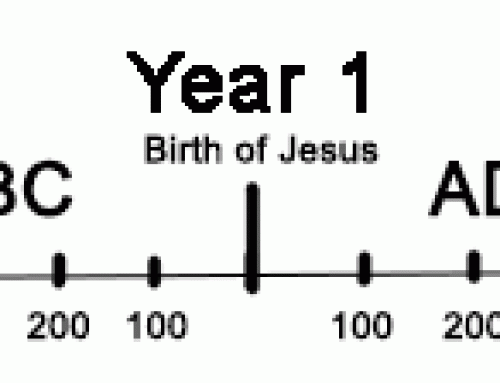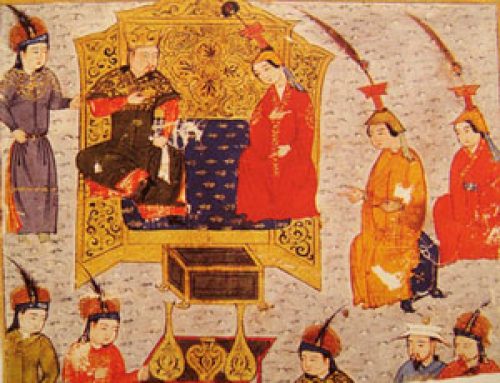After the collapse of the Mongol Empire in the end of the Middle Ages, scientists and doctors had to find homes in the courts of the smaller kingdoms that succeeded the Mongols.
Soon after 1700, Peter the Great started the first universities in Russia. Some students studied in Europe, and brought back new European ideas to Russia. Because of this, Russian astronomers found out that the earth went around the sun. They went on to make their own discoveries: Mikhail Lomonosov was the first astronomer to figure out that the planet Venus had an atmosphere.
But without the wealth of the Silk Road, Central Asia wasn’t rich enough to do much science. Under Peter the Great and then Catherine the Great, farms in Russia still didn’t produce enough food to feed a lot of city people. Not very many Central Asian people were able to leave their farms and go to school. Central Asia did produce some exciting new work anyway. Nikolai Lobachevsky worked out some non-Euclidean geometry in the early 1800s. Dmitrii Mendeleev worked out the first chemical periodic table of elements about the same time.
After the Russian Revolution in 1917, the use of machines for farming meant that more people could go to school and more people could become scientists. But under Stalin, scientists were afraid to publish their real results. They only published what they thought Stalin would like to hear. By the time Central Asia became more free again, with Gorbachev in 1991, many Central Asian scientists just wanted to leave and move to Europe and the United States, where they would have other scientists to talk to.




